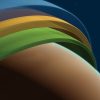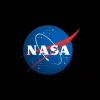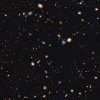When did the universe ‘wake up’?0
- From Around the Web, Space
- February 4, 2020
It was a big moment for our cosmos when the first stars awoke, but it’s an elusive one for scientists.
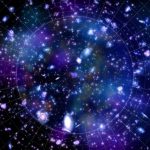
It was a big moment for our cosmos when the first stars awoke, but it’s an elusive one for scientists.
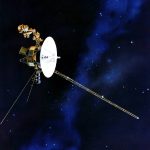
NASA’s Voyager 2 spacecraft went into fault protection mode on Tuesday January 28th. The fault protection routines automatically protect the spacecraft in harmful conditions. Both Voyagers have these routines programmed into their systems.

The search for potentially-habitable planets has heated up in recent years, and it’s only going to get hotter as the decade unfolds!

Einstein’s theory of relativity has been proven right once again.
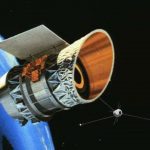
Thursday, January 30th 2020, 9:45 am – This near-miss highlights the worries about Kessler Syndrome and the future safety of spacecraft and space travel
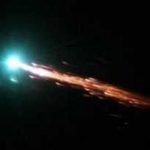
Last night, Jan. 30th around 10:30 pm PST, a spectacular fireball crawled across the skies of southern California.
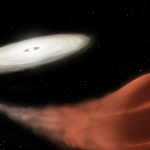
An undead vampire star feeds on its victim, the two tug hard on this lifeblood swirling in space — then boom, and repeat.

In 1966, two Caltech scientists were ruminating on the implications of the thin carbon dioxide (CO2) Martian atmosphere first revealed by Mariner IV, a NASA fly-by spacecraft built and flown by JPL. They theorized that Mars, with such an atmosphere, could have a long-term stable polar deposit of CO2 ice that, in turn, would control global atmospheric pressure.
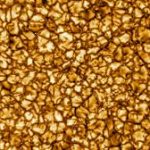
This image is the first high-resolution shot from the 4-meter Daniel K. Inouye Solar Telescope in Hawai’i.
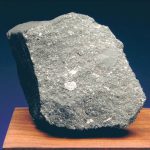
Scientists from Washington University, St. Louis, Caltech and the University of Chicago have found presolar grains — tiny bits of solid interstellar material formed before the Sun was born — in Curious Marie, a sample of the famous Allende meteorite.
